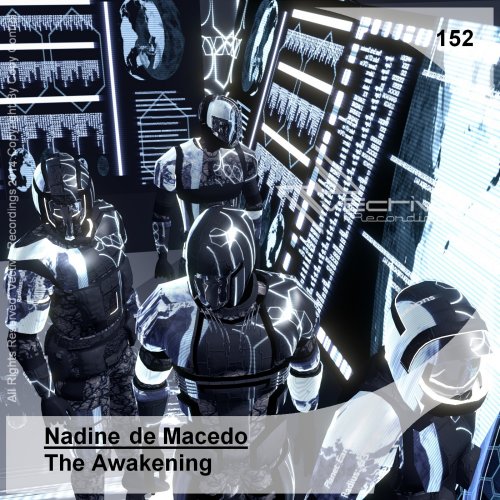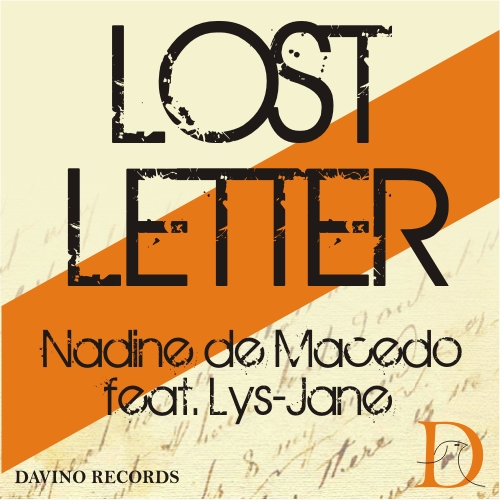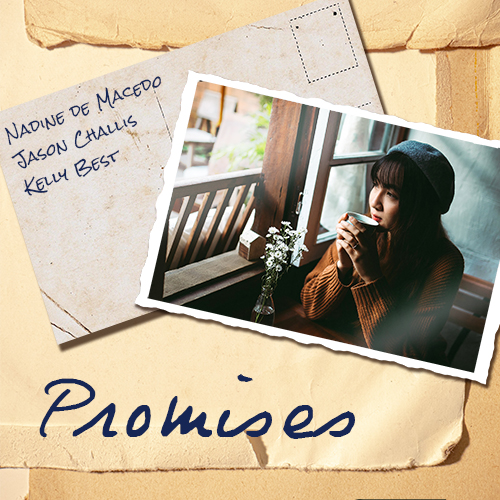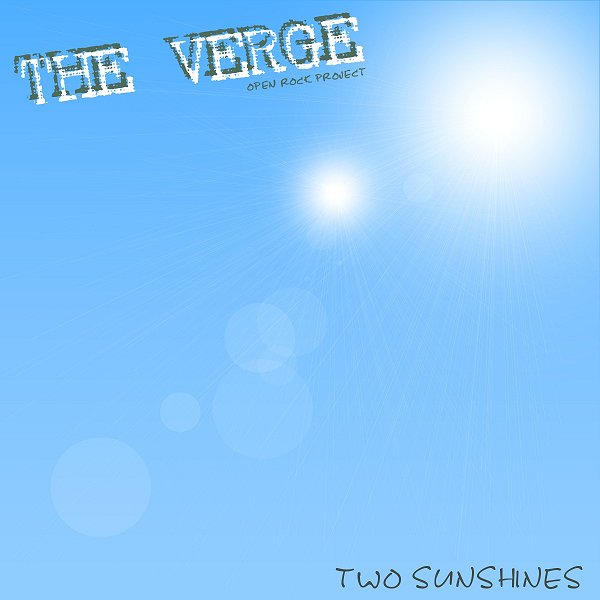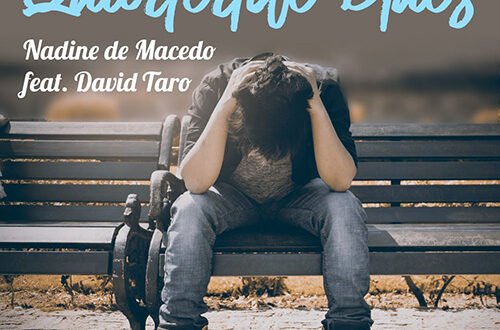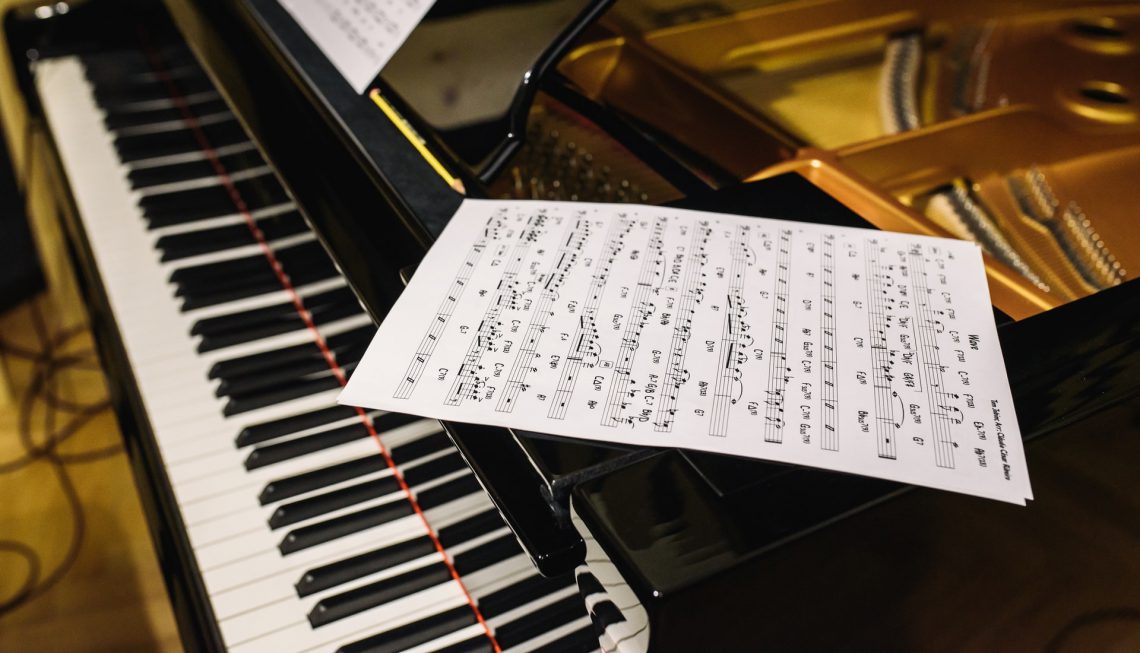
Songwriting in modal scales
I have a natural aversion against music theory. I always thought, I could make it without understanding scales and cadences. But then I wrote my epic trance song The Awakening, which could not be fully explained in major or minor scales. Here comes a blog post about songwriting in modal scales, which is not too deep into music theory.
What are modal scales?
Modal scales are scales, that use the key signatures of major scales but start on a different note. Modal scales are seldom used in pop and rock songwriting, but modal jazz uses plenty of improvisation techniques, which are based on modal scales. To understand modal scale songwriting in a nutshell, we’ll have a closer look onto the key of C major. If you shift the keynote, you’ll get these modes of natural minor:
C - D - E - F - G - A - B = C ionic or C major D - E - F - G - A - B - C = D dorian E - F - G - A - B - C - D = E phrygian F - G - A - B - C - D - E = F lydian G - A - B - C - D - E - F = G mixolydian A - B - C - D - E - F - G = A aeolian oder A natural minor B - C - D - E - F - G - A = B locrian
Why songwriting in modal scales is great
The easiest way to understand keys and modes is to imagine these as a set of tones, which can be used for a song. If I want to write a song in G mixolydian, my base chord should be G, Gsus4 or G13 and my melody should start with G. Afterwards, I choose chords, which apply to this scale. In G mixolydian C, G, F, Dm, Am, Em would be nice. I would also take C7 and Gsus4 into account.
You may have noticed, that I do not care much about music theory. I do not like to talk about cadences and functions. I write songs the way I like and find the correct names for my chords afterwards. For finding the name of the scale, I use the German tool “kleine Skalenuhr” of Klaus Rower. It’s a harmonic wheel, where you can look up the notes and chords of the modes of natural minor. Just print it out on cardboard and cut it out. Please note that H is B in English.
How do modal scales sound like?
As I already said, pop music uses major and minor scales for the most time. The aeolian scale (= natural minor) is also used quite often, but I think only less of you can name a pop song in mixolydian or locrian scale. David Bennett collected some nice examples of modal scales in his YouTube video. Honestly, I find it quite hard to find the scale of a song only by listening. Dorian sound somewhat minor, but locrian and phrygrian sound weird to me.
Modes of natural minor are only a tiny segment of all possible scales you can use for songwriting. There are also modes of harmonic minor and melodic minor. Shifting intervals, you can take a look into blues scales, pentatonic, chromatic or exotic scales. As long as it sounds good, there is nothing wrong about shifting the scales and keys. In modal songwriting, you do that quite often, too.
How I use modal scales in my music
All in all, modal scales seem to be most popular in jazz and progressive and are sometimes used in pop music. You will hardly listen to an electronic music production in another scale than minor or major. I write a lot of songs in modal scales, so here are some examples.
The Awakening is written in dorian or lydian mode
The reason I write this blogpost is my epic trance song, The Awakening. I found out, that the keynote of this song is G on a scale of D minor. I really like this epic and cinematic sounding theme, but I was not able to understand the theory behind it. This song was written whilst hitting some random chords on my synthesizer. I stuck, when it became cinematic.
The song is written in G dorian and these are the notes for it:
G - A - Bb - C - D - E - F - G
Nadine de Macedo – The Awakening
The string section plays the following chords. Bb6 is used in different inversions, where the G sounds more intense (G – Bb – D – G). You can also argue, that Bb6 is the main chord, leading to a Bb lydian scale with a bass line on G. Independently of the correct scale, it’s pretty clear that this song is neither major nor minor.
Online stores like Beatport listed my song in G minor. This is wrong, cause G minor consists of G, A, Bb, C, D, Eb and F. There is no Eb in this song and the main chord is not Gm! Right after my release, some DJs had issues with mixing my song into their set. They were not able to map the harmonies into G minor, because the bassline was shifted. If you use harmonic mixing (this link goes to a third party website, where the technique is explained), I highly recommend mixing this song after a D minor since it uses the same notes. Another possibility could be blending the bassline into a song in G minor. These are the chords:
| Bb6 | Fsus4 | Eb6 | Bb6 F |
Nadine de Macedo – The Awakening
Since The Awakening, I came a huge fan of songwriting in modal scales. Dorian and lydian sound like a melancholic epic version of the minor scale.
“Lost Letter” is written in lydian mode
My second single “Lost Letter” is an example of the lydian scale blended into pop songwriting with a house beat. Lydian sounds uplifting and melancholic at the same time.
This song’s key is F lydian with these notes:
F - G - A - B - C - D - E - F
Nadine de Macedo feat. Lys-Jane – Lost Letter
Not all remixers have used the lydian scale. The Thomas You remix is written in C major. This works well, because F lydian and C major share the same notes. The vocals are blended into a new chord progression.
“Promises” is written in mixolydian
Starting with a D major chord and followed by an A minor chord, the verse of this pop rock song written in D mixolydian. The C# is constantly shifted to C. In the bridge, the song borrows chords from other modes. Click on the pictures, to listen to this song.
“Two Sunshines” switches between dorian and aeolian mode
Another good example of songwriting in modal scales is the rock ballad “Two Sunshines” of my internet band The Verge. It has the feel of a minor, but it isn’t. The verses are written in d dorian with the main chord dm6. We shift the key in the pre-chorus by adding a c#. The chorus is in aeolian. Of course, we didn’t think about music theory when writing this song – it just sounded right. Therefore, “Two Sunshines” is a neat example for the flexibility you may gain, when writing in modal scales. Who says one song must stick to one key or scale?!
Have you ever written a song in modes?
Please tell me how you feel about the idea to leave minor and major scales. Have you intentionally or unintentionally written songs in modal scales?
P.S. I have a natural aversion against music theory, and I do not know much about it. Please indulge me, if I use the wrong terms or comment. I’m ready to fix that blog entry for you. I do not receive any money, backlinks and stuff for naming other people, their works or websites. The reason I write is sharing information and knowledge.


